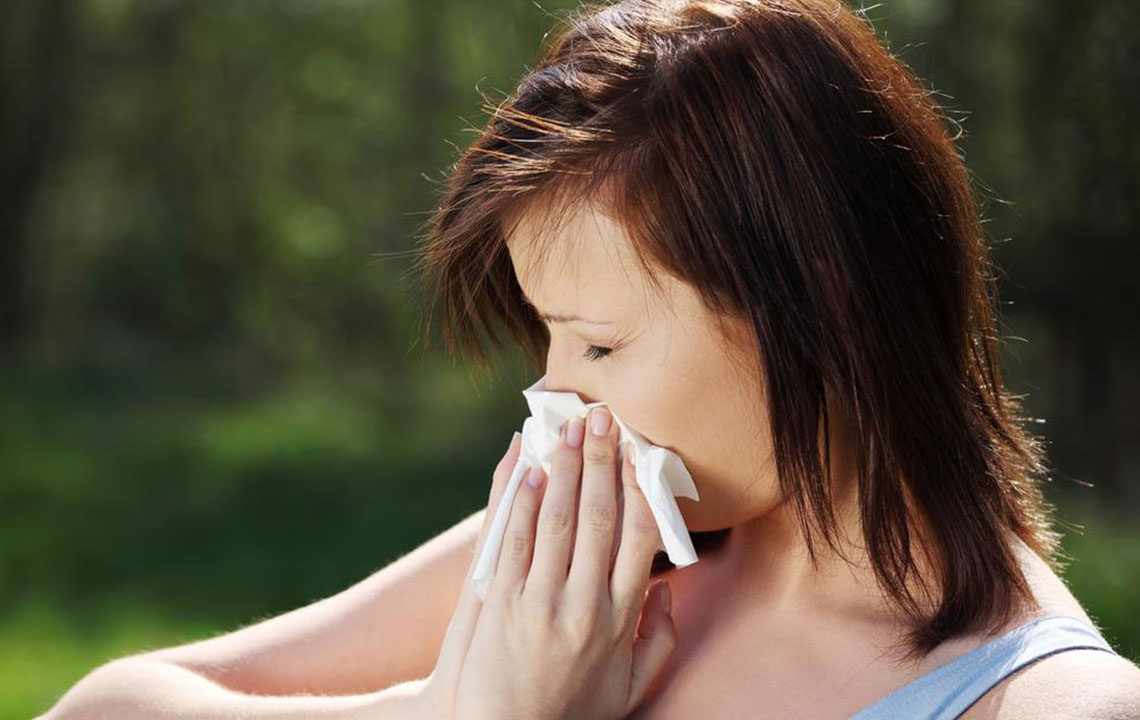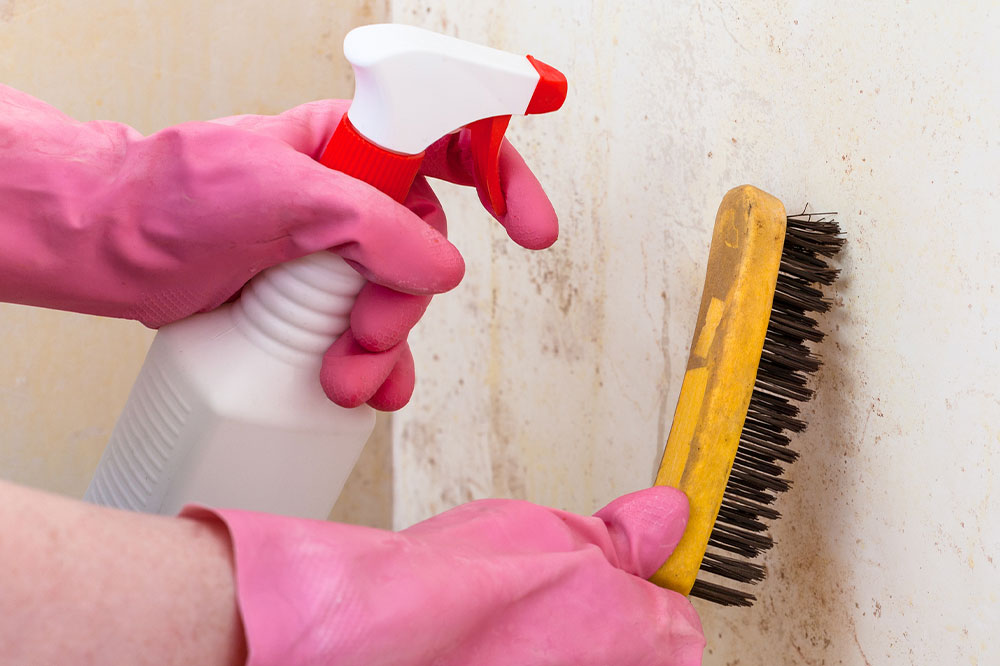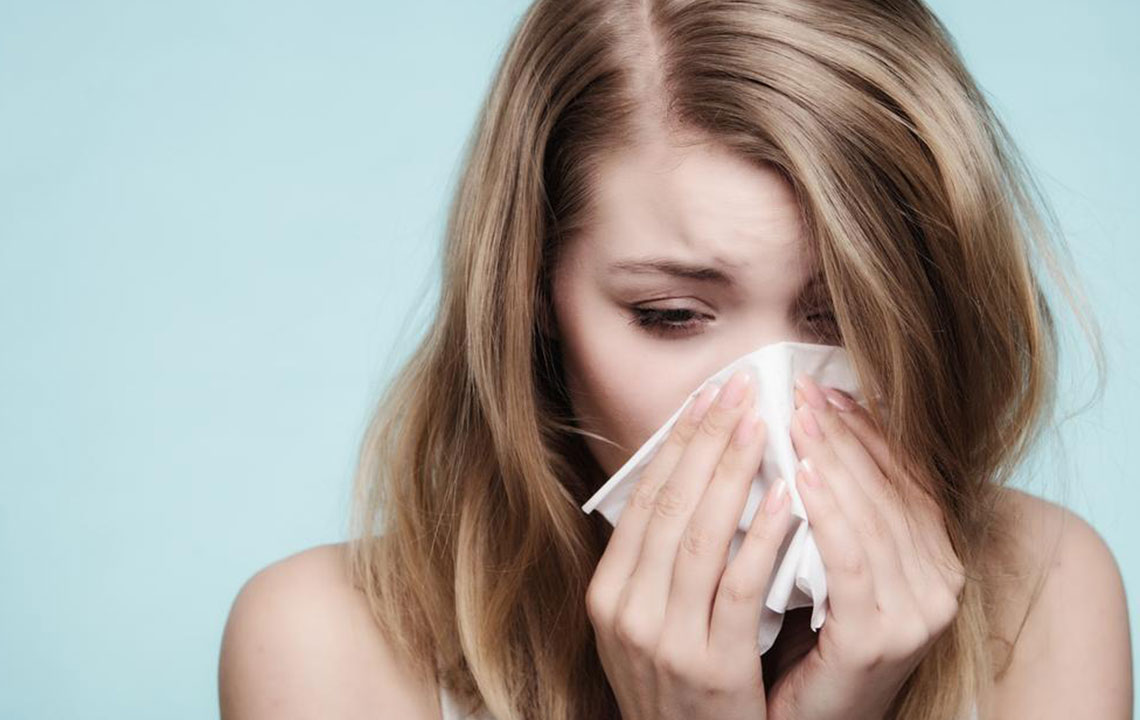Understanding the Critical Indicators of Mold Exposure and How to Protect Your Health
Learn about the vital signs of mold exposure, its health risks, and effective prevention strategies. This comprehensive guide helps you identify mold issues early, understand symptoms, and take proactive steps to protect your respiratory health indoors. From symptoms like sneezing and watery eyes to tips on controlling humidity, discover how to maintain a mold-free environment and reduce health risks associated with mold growth.

Understanding the Critical Indicators of Mold Exposure and How to Protect Your Health
Mold, a common indoor and outdoor issue, flourishes in moist, humid environments. It thrives in areas with excess moisture—such as leaks, condensation-prone spaces, damp walls, basements, and carpets—posing significant health risks for many individuals. Mold spores are microscopic particles, invisible to the naked eye, that can become airborne and easily spread throughout your living or working spaces. As these spores are inhaled, they may trigger a spectrum of health issues, notably allergic reactions, respiratory problems, and other chronic conditions.
Indoor mold growth is an ongoing concern because it can develop at any time during the year, especially in environments with poor ventilation, high humidity, or water intrusion. The peak period for mold proliferation often coincides with warmer, more humid months—from late spring through early fall—but indoor conditions can sustain mold growth year-round if moisture levels are insufficiently controlled.
People with compromised immune systems, pre-existing respiratory conditions, or allergies are particularly vulnerable to mold exposure. Symptoms resulting from mold allergies can resemble those of airborne pollen allergies, but the severity and persistence can vary widely depending on the level and duration of exposure. Common signs include frequent sneezing, nasal congestion, watery or itchy eyes, cough, chest tightness, skin rashes, fatigue, and throat irritation. For individuals with heightened sensitivity, mold exposure can lead to more serious health complications such as sinus infections or respiratory diseases like allergic bronchopulmonary aspergillosis.
To effectively protect yourself and your family from the health risks associated with mold, it’s essential to implement defensive measures. These include controlling indoor humidity levels—ideally below 60%—using dehumidifiers in damp spaces, promptly repairing leaks and water intrusion, and ensuring proper ventilation, particularly in bathrooms, kitchens, and laundry areas. Regular cleaning of damp surfaces and carpets using mold-inhibiting solutions helps suppress mold growth. Air filtration systems, including HEPA filters, can help remove airborne mold spores, providing added protection, especially for sensitive individuals.
Being vigilant about mold indicators is key: discoloration, a musty odor, and visible mold patches are clear signs of growth. If you detect mold in your home, addressing the source of moisture is crucial before cleaning. Severe infestations may require professional mold remediation services to thoroughly eliminate spores and prevent further health issues. Recognizing these signs early and taking preventative steps can safeguard your health and maintain a healthier indoor environment.





